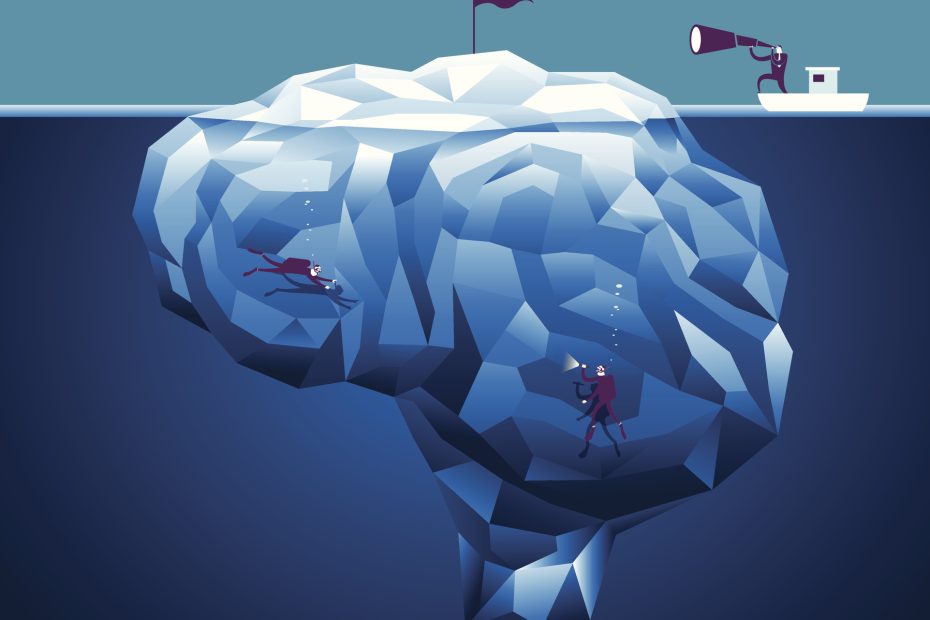Your brain is responsible for everything you think, say and do. However, despite its fundamental role in our lives, this complicated structure remains a mystery.
The brain consists of a highly interconnected network of cells collectively referred to as neurons and glia. Neurons communicate via chemical and electrical signals, whereas glia (this word is derived from the Greek word for glue) perform a variety of functions, including regulating blood flow and water homeostasis (astrocytes), protecting and modulating neuronal networks (astrocytes, oligodendrocytes and Schwann cells) and serving as the central nervous system’s immune cells (microglia).
Based on a cell’s location in the brain, along with its morphology, electrical activity, gene expression and other features, neurons and glia can be further divided into thousands of highly specific cell classes. Seeking to learn more about these cell identities, in 2017, the National Institutes of Health launched the Brain Research Through Advancing Innovative Neurotechnologies (BRAIN) Initiative — Cell Census Network (BICCN), which has generated a massive amount of data, along with many tools that can be used to explore BICCN’s findings. In October of 2023, Science released a special collection of articles documenting the BICCN’s latest discoveries.
The papers in this collection focus on three broad topics: characterizing the numerous cell types in the human brain, studying how these cell types change during development and comparing human brains to those of other animals. Together, these publications illustrate the incredible diversity of the cells that make up our mind.
In the process of working to understand how the brain develops and how it is organized in “normal” conditions, the BICCN has also generated robust methods and tools that can be applied in pathological contexts to better describe neurological disorders. For example, using samples from patient donors, researchers studying Alzheimer’s disease have produced a complementary brain cell atlas to detect important differences between healthy and disease states. Comparing patient data to BICCN’s data allows researchers to explore how gene expression changes during disease progression, and to highlight the cell types that are most susceptible to injury.
Another application of the data generated by the BICCN has been to help identify potential therapeutic targets for neurodegenerative diseases based on gene expression in relevant cell types. This resource has been made available as a free tool for other researchers to explore.
Like the brain itself, one of the most important features of the BICCN is its utility as a means of communication. All data generated by the BICCN is available for the public to download, accelerating breakthroughs and encouraging collaborative studies across neural-inspired cooperative networks. The best way to understand the brain may be to simply follow by example.
Related Content
- Thinking Outside the Brain
- Recent Study Reveals How the Brain Learns from Others’ Mistakes
- A Blood Test for Alzheimer’s Disease? Breakthroughs and Limitations
Want to read more from the Johns Hopkins School of Medicine? Subscribe to the Biomedical Odyssey blog and receive new posts directly in your inbox.
